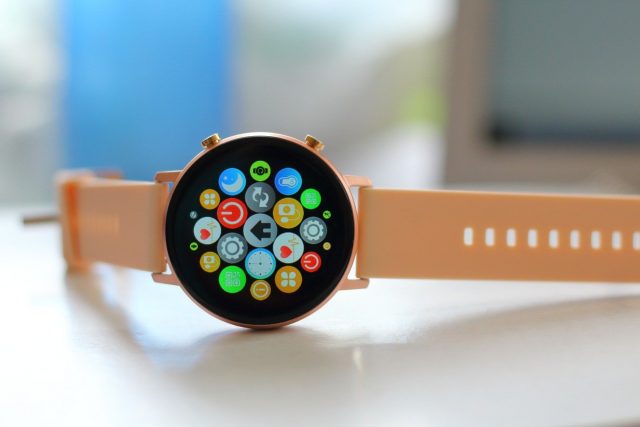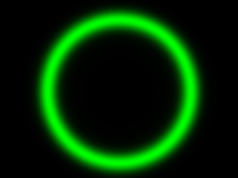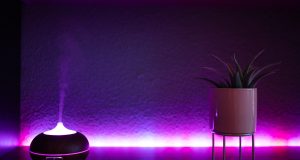
Since its launch in 2015, the Huawei Watch line has evolved significantly. The initial Huawei Watch (or Hutch, as we called it at the time) was an Android Wear device with a distinctive design that drew a lot of attention. The second model was more robust and focused on fitness tracking. The Huawei Watch GT line then sacrificed smartwatch capabilities for a simplified operating system and high battery life.
Now there’s the Huawei Watch 3, which aims to combine the most significant features of all those previous wearables into a single device. It’s the first watch to use Huawei’s HarmonyOS, a more feature-rich platform than the barebones LiteOS found on the Watch GT.
Health Tracking Features
Huawei also claims that this new model would have multi-day battery life and a comprehensive suite of working and health-tracking features.
While using Huawei’s first watch in the HarmonyOS environment comes with some trade-offs, I’ve liked my time with the company’s latest wearable. It’s a worthy successor to one of my favorite vintage smartwatches, as well as a viable competitor to Samsung and Google’s offerings.
With an appealing but not exaggerated appearance, the Huawei Watch 3 respects the Chinese manufacturer’s initial 2015 wearable. Although the stainless steel body and lugs are masculine, the entire style is neutral enough to go with any strap or suit.
Stainless Steel
For the past week, the Huawei Watch 3 unit I’ve been wearing is a 46mm stainless steel device with a brown leather band; it’s also available in a 42mm rubber strap configuration. The Watch 3 uses a standard strap, just like most modern smartwatches that Apple doesn’t design, so further changing the aesthetic shouldn’t be an issue.
OLED Display
The circular OLED display, with a display density of 326 pixels per inch, is, of course, the watch’s focal point. Like the Watch GT 2, its edges are slightly domed, making the different swipes required to navigate the HarmonyOS interface feel natural and enjoyable. The 1,000-nit display was always bright enough for clear sight, even in direct sunshine.
Aside from internal enhancements, the rotating crown at two o’clock may be the most significant hardware addition this time around. Except for the “Huawei Watch” branding inscribed on its outside face, it resembles the Apple Watch’s crown and is the most excellent execution of a digital crown I’ve seen outside of the Apple Watch.
That’s because of the good haptic sensation you get as you rotate a gentle tap as you navigate through notifications, menu options, and menus.The crown serves as an awake, back, and home button when pressed. You’ll return to the watch face if you’re in an app. Press it from the watch face to see the app launcher.
Interface
This is almost identical to the Apple Watch’s grid style. However, you can switch to a listview if you want. A double-press of the crown will bring up a circular recent applications menu if you’re genuinely into multitasking on a watch.
If you’ve ever used a Huawei or Wear OS watch, you’ll be familiar with the interface. A swipe down from the watch face reveals quick settings. Swipe up to see notifications, right to see fitness tiles, and left to see the weather.
There’s also a shortcut to Huawei’s Celia AI voice assistant on that tile, which can be accessed at any time by long-pressing the secondary function key at 5 o’clock. When it comes to recognizing on-device actions like starting a workout, it’s decent but nowhere near the quality of a Google Assistant when it comes to general queries.
Final Say
The Huawei Watch 3 is the first wearable to use Huawei’s new HarmonyOS platform, which is meant to work with a wide range of devices. HarmonyOS looks a lot like Huawei’s previous LiteOS on a watch, but it’s a lot faster and more refined.
The scrolling is significantly smoother than the Watch GT series, and the touch sensitivity is noticeably better. Built-in features like the task switcher and AppGallery store, on the other hand, make it feel more like a complete device than an add-on.













